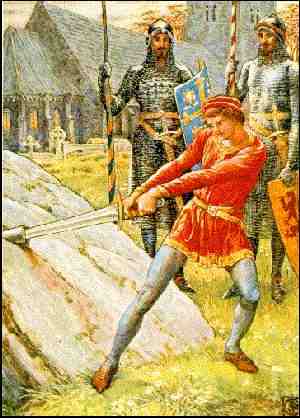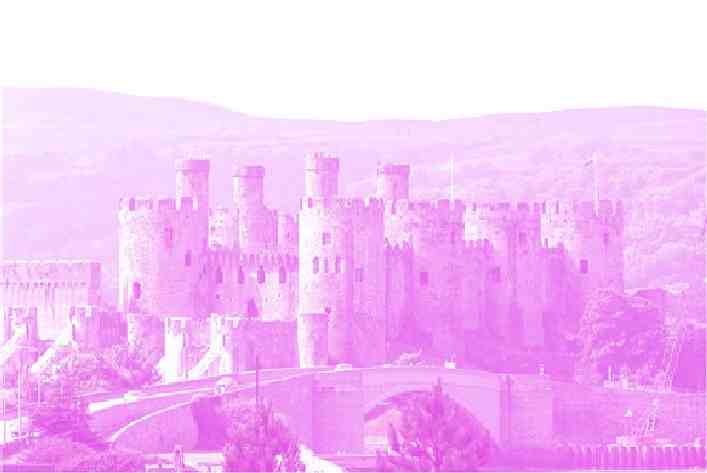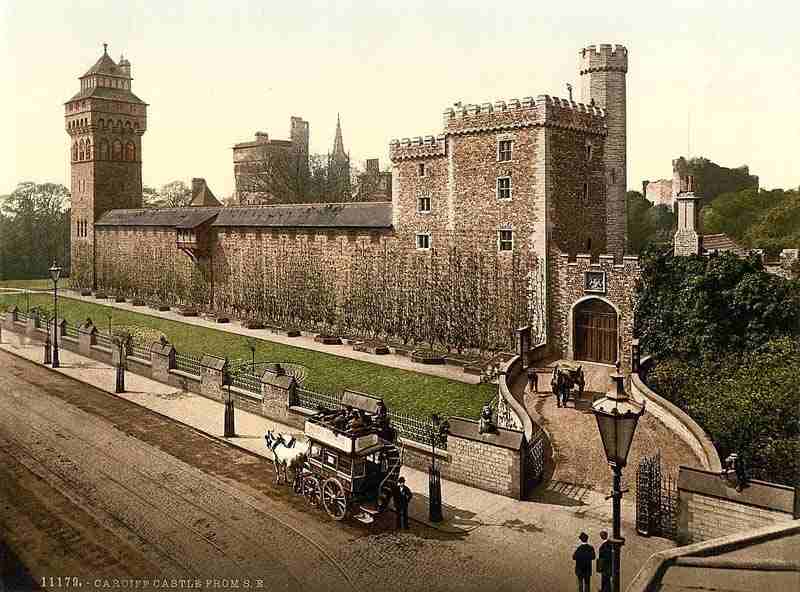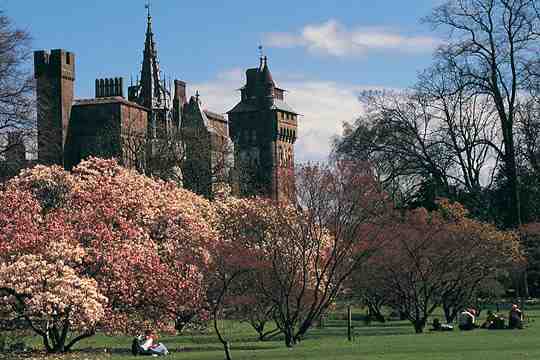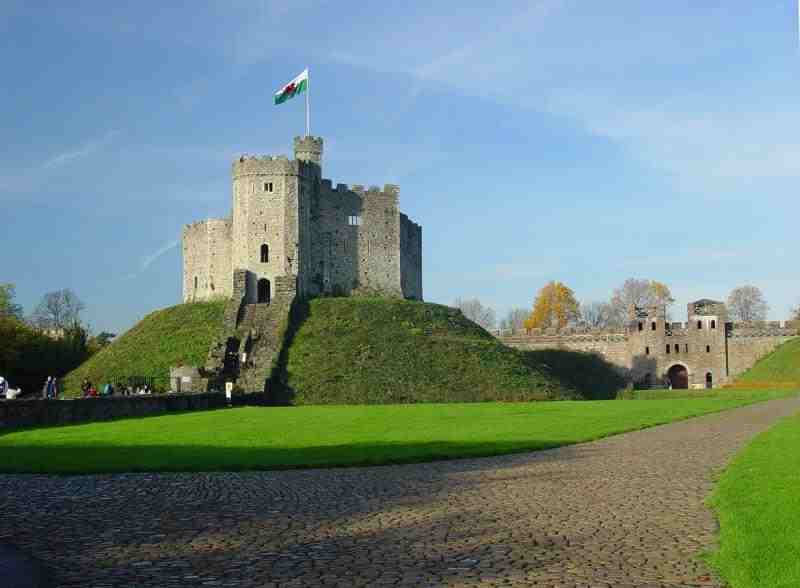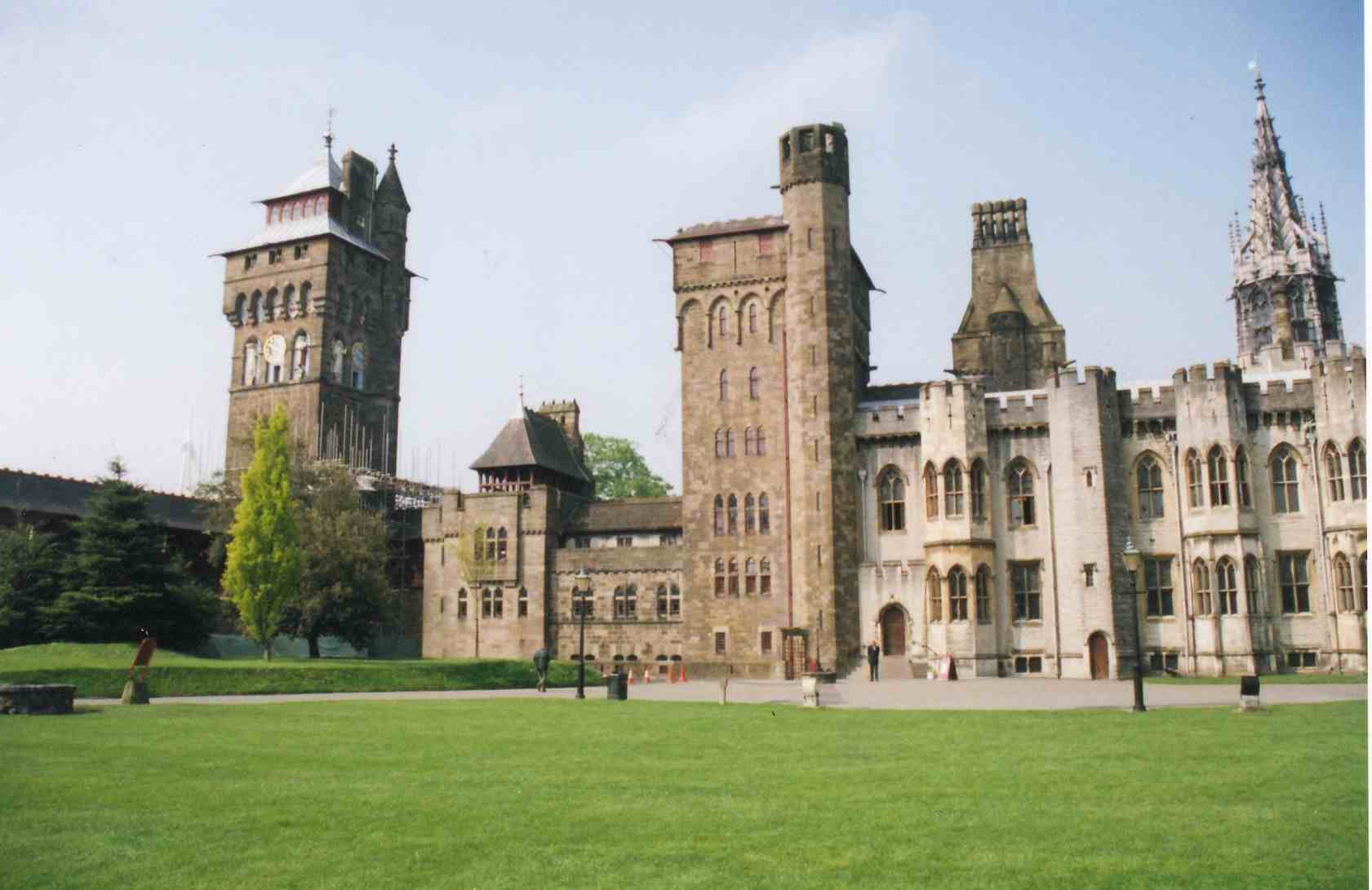Theosophy
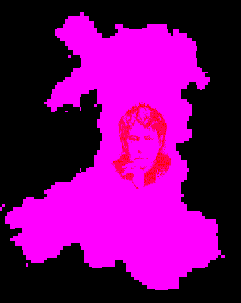
The All
Getting Started in
Theosophy
(And its all Free Stuff )
People outside
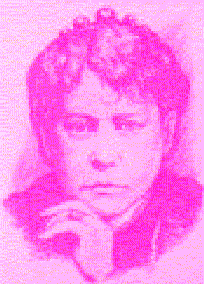
Helena Petrovna Blavatsky
1831 – 1891
____________________
What is Theosophy?
By
H P
Blavatsky
First
Published 1879
Background to this Article
The word Theosophy and the
name H P Blavatsky are nowadays nearly always perceived in the same frame,
although the word has been in use for centuries and the tradition can be
retrospectively traced back for millennia.
This article was written
before H P Blavatsky received the main body of her teachings from the Ascended
Masters and in it she outlines the Traditional meaning of the word Theosophy.
I have included this
article to help new students see The Theosophical Society and H P Blavatsky in
the context of a great esoteric tradition.
Dave Marsland
_____________
What is Theosophy?
By
H
P Blavatsky
THIS question has been so often asked, and misconception so
widely prevails, that the editors of a journal devoted to an exposition of the
world's Theosophy would be remiss were its first number issued without coming
to a full understanding with their readers. But our heading involves two
further queries: What is the Theosophical Society; and what are the
Theosophists? To each an answer will be given.
According to lexicographers, the term theosophia is composed of two
Greek words--theos,
"god," and sophos, "wise." So far, correct.
But the explanations that follow are far from giving a clear idea of Theosophy.
Webster defines it most originally as "a supposed intercourse with God and
superior spirits, and consequent attainment of superhuman knowledge, by physical processes, as by the theurgic operations of some ancient Platonists, or by the chemical processes of the German
fire-philosophers."
This, to say the least, is a poor and flippant explanation. To
attribute such ideas to men like Ammonius Saccas, Plotinus, Iamblichus, Porphyry, Proclus--shows
either intentional misrepresentation, or Mr. Webster's ignorance of the
philosophy and motives of the greatest geniuses of the later Alexandrian
School. To impute to those whom their contemporaries as well as posterity
styled "theodidaktoi," god-taught--a
purpose to develop their psychological, spiritual perceptions by "physical
processes," is to describe them as materialists. As to the concluding
fling at the fire-philosophers, it rebounds from them to fall home among our
most eminent modern men of science; those, in whose mouths the Rev. James Martineau places the following
boast: "matter is all we want; give us atoms alone, and we will explain
the universe."
Vaughan offers a far better, more philosophical definition.
"A Theosophist," he says--"is one who gives you a theory of God
or the works of God, which has not revelation, but an inspiration of his own
for its basis." In this view every great thinker and philosopher,
especially every founder of a new religion, school of philosophy, or sect, is
necessarily a Theosophist. Hence, Theosophy and Theosophists have existed ever
since the first glimmering of nascent thought made man seek instinctively for
the means of expressing his own independent opinions.
There were Theosophists before the Christian era,
notwithstanding that the Christian writers ascribe the development of the
Eclectic theosophical system to the early part of the third century of their
Era. Diogenes Laertius traces Theosophy to an epoch
antedating the dynasty of the Ptolemies; and names as
its founder an Egyptian Hierophant called Pot-Amun,
the name being Coptic and signifying a priest consecrated to Amun, the god of Wisdom. But history shows it revived by Ammonius Saccas, the founder of
the
It was the aim and purpose of Ammonius
to reconcile all sects, peoples and nations under one common faith--a belief in
one Supreme Eternal, Unknown, and Unnamed Power, governing the Universe by
immutable and eternal laws. His object was to prove a primitive system of
Theosophy, which at the beginning was essentially alike in all countries; to
induce all men to lay aside their strifes and
quarrels, and unite in purpose and thought as the children of one common
mother; to purify the ancient religions, by degrees corrupted and obscured,
from all dross of human element, by uniting and expounding them upon pure
philosophical principles. Hence, the Buddhistic, Vedantic and Magian, or
Zoroastrian, systems were taught in the Eclectic Theosophical School along with
all the philosophies of Greece. Hence also, the preeminently Buddhistic and Indian feature among the ancient Theosophists
and Alexandria, of due reverence for parents and aged persons; a fraternal
affection for the whole human race; and a compassionate feeling for even the
dumb animals. While seeking to establish a system of moral discipline which
enforced upon people the duty to live according to the laws of their respective
countries; to exalt their minds by the research and contemplation of the one
Absolute Truth; his chief object in order, as he believed, to achieve all
others, was to extract from the various religious teachings, as from a
many-chorded instrument, one full and harmonious melody, which would find
response in every truth-loving heart.
Theosophy is, then, the archaic Wisdom-Religion, the esoteric doctrine once known in every
ancient country having claims to civilization. This "Wisdom" all the
old writings show us as an emanation of the divine Principle; and the clear
comprehension of it is typified in such names as the Indian Buddh,
the Babylonian Nebo, the Thoth of Memphis, the Hermes
of Greece; in the appellations, also, of some goddesses--Metis,
Neitha, Athena, the Gnostic Sophia, and finally the Vedas, from the word "to
know." Under this designation, all the ancient philosophers of the East
and West, the Hierophants of old Egypt, the Rishis of
Aryavart, the Theodidaktoi
of Greece, included all knowledge of things occult and essentially divine. The Mercavah of
the Hebrew Rabbis, the secular and popular series, were thus designated as only
the vehicle, the outward shell which contained the higher esoteric knowledge.
The Magi of Zoroaster received instruction and were initiated in the caves and
secret lodges of
The central idea of the Eclectic Theosophy was that of a simple
Supreme Essence, Unknown and Unknowable--for--"How
could one know the knower?" as enquires Brihadaranyaka Upanishad. Their system was
characterized by three distinct features: the theory of the above-named
Essence; the doctrine of the human soul--an emanation from the latter, hence of
the same nature; and its theurgy. It is this last
science which has led the Neo-Platonists to be so misrepresented in our era of
materialistic science. Theurgy being essentially the
art of applying the divine powers of man to the subordination of the blind
forces of nature, its votaries were first termed magicians--a corruption of the
word "Magh," signifying a wise, or learned
man, and--derided. Skeptics of a century ago would have been as wide of the
mark if they had laughed at the idea of a phonograph or telegraph. The
ridiculed and the "infidels" of one generation generally become the
wise men and saints of the next.
As regards the Divine essence and the nature of the soul and
spirit, modern Theosophy believes now as ancient Theosophy did. The popular Diu of the Aryan nations was identical
with the Iao
of the Chaldeans, and even with the Jupiter of the
less learned and philosophical among the Romans; and it was just as identical
with the Jahve
of the Samaritans, the Tiu or "Tiusco" of
the Northmen, the Duw of
the Britains, and the Zeus of the Thracians. As to
the Absolute Essence, the One and all--whether we
accept the Greek Pythagorean, the Chaldean
Kabalistic, or the Aryan philosophy in regard to it, it will lead to one and
the same result. The Primeval Monad of the Pythagorean system, which retires
into darkness and is itself Darkness (for human intellect)
was made the basis of all things; and we can find the idea in all its integrity
in the philosophical systems of Leibnitz and Spinoza.
Therefore, whether a Theosophist agrees with the Kabala which, speaking of En-Soph propounds the query: "Who, then, can comprehend It since It is formless, and Non-existent?"--or, remembering that magnificent hymn from the Rig-Veda
(Hymn 129th, Book 10th)--enquires:
"Who knows from whence this great
creation sprang?
Whether his will created or was mute.
He knows it--or perchance even He
knows not;"
or again, accepts the Vedantic conception of Brahma, who in the Upanishads is represented as
"without life, without mind, pure," unconscious, for--Brahma is "Absolute Consciousness";
or, even finally, siding with the Svabhâvikas of
Nepaul, maintains that nothing exists but "Svabhâvât"
(substance or nature) which exists by itself
without any creator; any one of the above conceptions can lead but to pure and
absolute Theosophy--that Theosophy which prompted such men as Hegel, Fichte and Spinoza to take up the labors of the old Grecian
philosophers and speculate upon the One Substance--the Deity, the Divine All proceeding from the Divine
Wisdom--incomprehensible, unknown and unnamed--by
any ancient or modern religious philosophy, with the exception of Christianity
and Mohammedanism. Every Theosophist, then, holding to a theory of the Deity
"which has not revelation, but an inspiration of his own for its
basis," may accept any of the above definitions or belong to any of these
religions, and yet remain strictly within the boundaries of Theosophy. For the
latter is belief in the Deity as the ALL, the source of all existence, the
infinite that cannot be either comprehended or known, the universe alone
revealing It, or, as some
prefer it, Him, thus giving a sex to that, to anthropomorphize which is blasphemy. True, Theosophy shrinks
from brutal materialization; it prefers believing that, from eternity retired
within itself, the Spirit of the Deity neither wills nor creates; but that,
from the infinite effulgency everywhere going forth
from the Great Centre, that which produces all visible and invisible things, is
but a Ray containing in itself the generative and conceptive power, which, in
its turn, produces that which the Greeks called Macrocosm, the Kabalists Tikkun or
Adam Kadmon--the archetypal man, and the Aryans Purusha, the manifested Brahm,
or the Divine Male. Theosophy believes also in the Anastasis or
continued existence, and in transmigration (evolution) or a series of changes
in the soul1 which can be defended and explained on
strict philosophical principles; and only by making a distinction between Paramâtma
(transcendental, supreme soul) and Jivâtmâ (animal, or conscious soul) of the Vedantins.
To fully define Theosophy, we must consider it under all its
aspects. The interior world has not been hidden from all by impenetrable
darkness. By that higher intuition acquired by Theosophia--or God-knowledge,
which carried the mind from the world of form into that of formless spirit, man
has been sometimes enabled in every age and every country to perceive things in
the interior or invisible world. Hence, the "Samadhi," or Dyan Yog Samadhi,
of the Hindu ascetics; the "Daimonion-photi,"
or spiritual illumination of the Neo-Platonists; the "sidereal
confabulation of soul," of the Rosicrucians or
Fire-philosophers; and, even the ecstatic trance of mystics and of the modern
mesmerists and spiritualists, are identical in nature, though various as to
manifestation. The search after man's diviner "self," so often and so
erroneously interpreted as individual communion with a personal God, was the object of every mystic, and belief in its
possibility seems to have been coeval with the genesis of humanity, each people
giving it another name. Thus Plato and Plotinus call
"Noëtic work" that which the Yogin and the Shrotriya term Vidya. "By reflection, self-knowledge
and intellectual discipline, the soul can be raised to the vision of eternal
truth, goodness, and beauty--that is, to the Vision of God--this is the epopteia," said the Greeks. "To
unite one's soul to the Universal Soul," says Porphyry,
"requires but a perfectly pure mind. Through self-contemplation, perfect
chastity, and purity of body, we may approach nearer to It,
and receive, in that state, true knowledge and wonderful insight." And
Swami Dayanand Saraswati,
who has read neither Porphyry nor other Greek authors, but who is a thorough
Vedic scholar, says in his Veda Bháshya (opasna prakaru ank. 9)--"To obtain Diksh (highest initiation) and Yog, one has to practise according to the
rules . . . The soul in human body can perform the greatest wonders by knowing
the Universal Spirit (or God) and acquainting itself with the properties and
qualities (occult) of all the things in the universe. A human being (a Dikshit or
initiate) can thus acquire a power of
seeing and hearing at great distances." Finally, Alfred R. Wallace,
F.R.S., a spiritualist and yet a confessedly great naturalist, says, with brave
candour: "It is 'spirit' that alone feels, and
perceives, and thinks--that acquires knowledge, and reasons and aspires . . .
there not unfrequently occur individuals so
constituted that the spirit can perceive independently of the corporeal organs
of sense, or can perhaps, wholly or partially, quit the body for a time and
return to it again . . . the spirit . . . communicates with
spirit easier than with matter." We can now see how, after thousands of
years have intervened between the age of Gymnosophists2 and our own highly civilized era,
notwithstanding, or, perhaps, just because of such an enlightenment which pours
its radiant light upon the psychological as well as upon the physical realms of
nature, over twenty millions of people today believe, under a different form,
in those same spiritual powers that were believed in by the Yogins
and the Pythagoreans, nearly 3,000 years ago. Thus, while the Aryan mystic
claimed for himself the power of solving all the problems of life and death,
when he had once obtained the power of acting independently of his body,
through the Atmân--"self,"
or "soul"; and the old Greeks went in search of Atmu--the Hidden one, or the
God-Soul of man, with the symbolical mirror of the Thesmophorian
mysteries;--so the spiritualists of today believe in the faculty of the
spirits, or the souls of the disembodied persons, to communicate visibly and
tangibly with those they loved on earth. And all these, Aryan Yogins, Greek philosophers, and modern spiritualists,
affirm that possibility on the ground that the embodied soul and its never
embodied spirit--the real self,
are not separated from either the Universal Soul or other spirits by space, but
merely by the differentiation of their qualities; as in the boundless expanse
of the universe there can be no limitation. And that when this difference is
once removed--according to the Greeks and Aryans by abstract contemplation,
producing the temporary liberation of the imprisoned Soul; and according to
spiritualists, through mediumship--such an union
between embodied and disembodied spiritst becomes
possible. Thus was it that Patanjali's Yogins and, following in their steps, Plotinus,
Porphyry and other Neo-Platonists, maintained that in their hours of ecstasy,
they had been united to, or rather become as one with God, several times during
the course of their lives. This idea, erroneous as it may seem in its
application to the Universal Spirit, was, and is, claimed by too many great
philosophers to be put aside as entirely chimerical. In the case of the Theodidaktoi, the only controvertible point, the dark spot
on this philosophy of extreme mysticism, was its claim to include that which is
simply ecstatic illumination, under the head of sensuous perception. In the
case of the Yogins, who maintained their ability to
see Iswara "face to face," this claim was
successfully overthrown by the stern logic of Kapila.
As to the similar assumption made for their Greek followers, for a long array
of Christian ecstatics, and, finally, for the last
two claimants to "God-seeing" within these last hundred years--Jacob Böhme and Swedenborg--this pretension would and should have been philosophically and
logically questioned, if a few of our great men of science who are
spiritualists had had more interest in the philosophy than in the mere phenomenalism of spiritualism.
The Alexandrian Theosophists were divided into neophytes,
initiates, and masters, or hierophants; and their rules were copied from the
ancient Mysteries of Orpheus, who, according to Herodotus, brought them from
Plotinus,
the pupil of the "God-taught" Ammonius,
tells us that the secret gnosis
or the knowledge of Theosophy, has three
degrees--opinion, science, and illumination.
"The means or instrument of the first is sense, or perception; of the
second, dialectics; of the third, intuition. To the last, reason is
subordinate; it is absolute knowledge,
founded on the identification of the mind with the object known."
Theosophy is the exact science of psychology, so to say; it stands in relation
to natural, uncultivated mediumship, as the knowledge
of a Tyndall stands to that of a school-boy in physics. It develops in man a
direct beholding; that which Schelling denominates
"a realization of the identity of subject and object in the
individual"; so that under the influence and knowledge of hyponia man
thinks divine thoughts, views all things as they really are, and, finally,
"becomes recipient of the Soul of the World," to use one of the
finest expressions of Emerson. "I, the imperfect, adore my own
perfect"--he says in his superb Essay on the Oversoul. Besides this psychological, or
soul-state, Theosophy cultivated every branch of sciences and arts. It was
thoroughly familiar with what is now commonly known as mesmerism. Practical theurgy or "ceremonial magic," so often resorted
to in their exorcisms by the Roman Catholic clergy--was discarded by the
theosophists. It is but Iamblichus alone who,
transcending the other Eclectics, added to Theosophy the doctrine of Theurgy. When ignorant of the true meaning of the esoteric
divine symbols of nature, man is apt to miscalculate the powers of his soul,
and, instead of communing spiritually and mentally with the higher, celestial
beings, the good spirits (the gods of the theurgists of the Platonic school),
he will unconsciously call forth the evil, dark powers which lurk around
humanity--the undying, grim creations of human crimes and vices--and thus fall
from theurgia
(white magic) into göetia
(or black magic, sorcery). Yet, neither white, nor black magic are what popular
superstition understands by the terms. The possibility of "raising
spirits" according to the key of Solomon, is the
height of superstition and ignorance. Purity of deed and thought can alone
raise us to an intercourse "with the gods" and attain for us the goal
we desire. Alchemy, believed by so many to have been a spiritual philosophy as
well as physical science, belonged to the teachings of the theosophical school.
It is a noticeable fact that neither
Zoroaster, Buddha, Orpheus, Pythagoras, Confucius, Socrates, nor Ammonius Saccas, committed
anything to writing. The reason for it is obvious. Theosophy is a double-edged
weapon and unfit for the ignorant or the selfish. Like every ancient philosophy
it has its votaries among the moderns; but, until late in our own days, its
disciples were few in numbers, and of the most various sects and opinions.
"Entirely speculative, and founding no school, they have still exercised a
silent influence upon philosophy; and no doubt, when the time arrives, many
ideas thus silently propounded may yet give new directions to human
thought"--remarks Mr. Kenneth R. H. Mackenzie IXo
. . . himself a mystic and a Theosophist, in his large and valuable work, The Royal Masonic Cycloepædia
(articles Theosophical Society of New
York and Theosophy, p.
731).3 Since the days of the
fire-philosophers, they had never formed themselves into societies, for,
tracked like wild beasts by the Christian clergy, to be known as a Theosophist
often amounted, hardly a century ago, to a death-warrant. The statistics show
that, during a period of 150 years, no less than 90,000 men and women were
burned in
Theosophist,
October, 1879
______________________
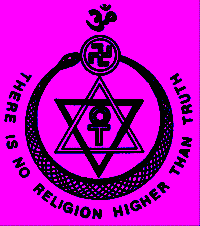
The All
Guide to
Getting Started in
Theosophy
_______________________
For more info on Theosophy
Try these
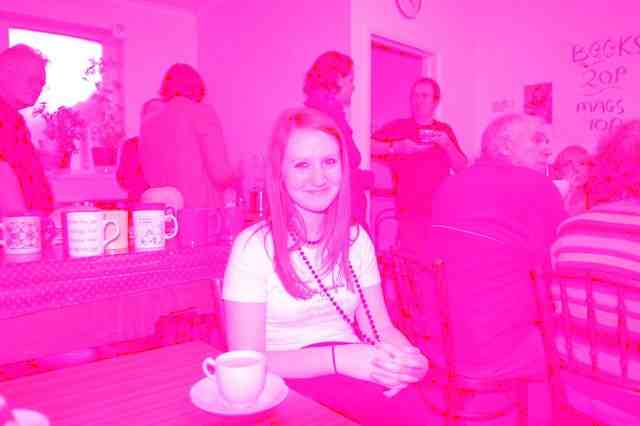
Cardiff Theosophical Society meetings
are informal
and there’s always a cup of tea afterwards
The
Cardiff Theosophical Society Website
The
National Wales Theosophy Website
Theosophy Cardiff’s Instant Guide
One liners and quick explanations
H P
Blavatsky is usually the only
Theosophist
that most people have ever
heard of. Let’s
put that right
The Voice of the Silence Website
Dave’s Streetwise Theosophy Boards
If you run a
Theosophy Study Group,
please feel free to use
any material on this site
If you run a
Theosophy Group you can use
this as an
introductory handout
It’s all “water
under the bridge” but everything you do
makes an imprint on
the Space-Time Continuum.
An
Independent Theosophical Republic
Links
to Free Online Theosophy
Study
Resources; Courses, Writings,
The main criteria
for the inclusion of
links on this site is
that they have some
relationship (however
tenuous) to Theosophy
and are lightweight,
amusing or entertaining.
Topics include
Quantum Theory and Socks,
Dick Dastardly and Legendary Blues Singers.
Lentil burgers, a
thousand press ups before breakfast and
the daily 25 mile
run may put it off for a while but death
seems to get most of
us in the end. We are pleased to
present for your
consideration, a definitive work on the
subject by a Student of
Katherine Tingley entitled
This is for
everyone, you don’t have to live
in Wales to make
good use of this Website
The
Seven Principles of Man
By
Annie
Besant
No
Aardvarks were harmed in the
The Spiritual Home of Urban Theosophy
The Earth Base for Evolutionary Theosophy
Reincarnation
This guide has been included in response
to
the number of enquiries we receive on this
subject
at Cardiff Theosophical Society
From A Textbook
of Theosophy By C W Leadbeater
How We Remember our Past Lives
Life after Death & Reincarnation
The Slaughter of the
a
great demand by the public for lectures on Reincarnation
Classic Introductory Theosophy Text
A Text Book of Theosophy By C
What Theosophy Is From the Absolute to Man
The Formation of a Solar System The Evolution of Life
The Constitution of Man After Death Reincarnation
The Purpose of Life The Planetary Chains
The Result of Theosophical Study
The Occult World
By
Alfred Percy Sinnett
The
Occult World is an treatise on the
Occult
and Occult Phenomena, presented
in readable style, by
an early giant of
the Theosophical Movement.
Preface to the American Edition Introduction
Occultism and its Adepts The Theosophical Society
First Occult Experiences Teachings of Occult Philosophy
Later Occult Phenomena Appendix
by
Annie Besant
THE PHYSICAL
PLANE THE ASTRAL PLANE
KÂMALOKA THE MENTAL PLANE DEVACHAN
THE BUDDHIC AND
NIRVANIC PLANES
THE THREE KINDS OF KARMA COLLECTIVE KARMA
THE LAW OF
SACRIFICE MAN'S ASCENT
______________________
Annie Besant Visits Cardiff 1924
National Wales Centre for Theosophy
Blavatsky Wales Theosophy Group
Selection of H P Blavatsky’s Writings
Theosophy Birmingham (England)
The Birmingham Annie Besant Lodge
_______________________
Tekels Park
to be Sold to a Developer
Concerns about the fate of the wildlife as
Tekels Park is to be Sold to a Developer
Concerns are raised about the fate of the wildlife as
The Spiritual Retreat, Tekels Park in Camberley,
Surrey, England is to be sold to a developer.
Tekels Park is a 50 acre woodland
park, purchased
for the Adyar
Theosophical Society in England in 1929.
In addition to concern about the
park, many are
worried about the
future of the Tekels Park Deer
as they are not a
protected species.
Confusion as the Theoversity moves out of
Tekels Park to Southampton, Glastonbury &
Chorley in Lancashire while the leadership claim
that the Theosophical
Society will carry on using
Tekels Park despite its sale to a developer
Anyone planning a “Spiritual” stay at
the
Tekels Park Guest House should be
aware of the sale.
Tekels Park & the Loch Ness Monster
A Satirical view
of the sale of Tekels Park
in Camberley,
Surrey to a developer
The Toff’s Guide to the Sale of
Tekels Park
What the men in
top hats have to
say about the sale
of Tekels Park
________________________
The Theosophy
The Theosophy Cardiff Guide to
The Theosophy Cardiff Guide to
The Theosophy Cardiff Guide to
The Terraced Maze of Glastonbury Tor
Glastonbury and Joseph
of Arimathea
The Grave of King Arthur & Guinevere
Views of Glastonbury High Street
The Theosophy Cardiff Guide to
Guide to the
Theosophy
Arthur draws
the Sword from the Stone
The Knights of The Round Table
The Roman Amphitheatre at Caerleon,
Eamont Bridge, Nr Penrith, Cumbria, England.
Geoffrey of Monmouth
(History of the Kings of Britain)
The reliabilty of this work has long been a subject of
debate but it is the first definitive account of Arthur’s
Reign
and one which puts Arthur in a historcal context.
and his version’s political agenda
According to Geoffrey of Monmouth
The first written mention of Arthur as a heroic figure
The British leader who fought twelve battles
King Arthur’s ninth victory at
The Battle of the City of the Legion
King Arthur ambushes an advancing Saxon
army
then defeats them at Liddington Castle,
Badbury, Near Swindon,
Wiltshire, England.
King Arthur’s twelfth and last victory against the Saxons
Traditionally Arthur’s last battle in which he was
mortally wounded
although his side went on to win
No contemporary writings or accounts of his life
but he is placed 50
to 100 years after the accepted
King Arthur period.
He refers to Arthur in his inspiring
poems but the
earliest written record of these dates
from over three hundred
years after Taliesin’s death.
Pendragon Castle
Mallerstang Valley, Nr Kirkby Stephen,
A 12th Century Norman ruin on the site of what is
reputed to have been a stronghold of Uther Pendragon
From wise child with no
earthly father to
Megastar of Arthurian
Legend
History of the Kings of Britain
Drawn from the Stone or received from the Lady of the Lake.
Sir Thomas Malory’s Le Morte d’Arthur has both versions
with both swords called
Excalibur. Other versions
5th & 6th Century Timeline of Britain
From the departure of the Romans from
Britain to the establishment of sizeable
Anglo-Saxon Kingdoms
Glossary of
Arthur’s uncle:- The puppet ruler
of the Britons
controlled and
eventually killed by Vortigern
Amesbury, Wiltshire, England. Circa 450CE
An alleged massacre of Celtic Nobility by the Saxons
History of the Kings of Britain
Athrwys / Arthrwys
King of Ergyng
Circa 618 - 655
CE
Latin: Artorius; English: Arthur
A warrior King born in Gwent and associated with
Caerleon, a possible Camelot. Although over 100 years
later that the
accepted Arthur period, the exploits of
Athrwys may have
contributed to the King Arthur Legend.
He became King of Ergyng, a
kingdom between
Gwent and Brycheiniog (Brecon)
Angles under Ida seized the Celtic Kingdom of
Bernaccia in North East England in 547 CE forcing
Although much later than the accepted King Arthur
period, the events of
Morgan Bulc’s 50 year campaign
to regain his kingdom
may have contributed to
Old Welsh: Guorthigirn;
Anglo-Saxon: Wyrtgeorn;
Breton: Gurthiern; Modern Welsh; Gwrtheyrn;
*********************************
An earlier ruler than King Arthur and not
a heroic figure.
He is credited with policies that weakened Celtic Britain
to
a point from which it never recovered.
Although there are no contemporary accounts of
his
rule, there is more written evidence for his
existence than of King Arthur.
How Sir Lancelot slew two giants,
From Sir Thomas Malory’s Le Morte d’Arthur
How Sir Lancelot rode disguised
in
Sir Kay's harness, and how he
From Sir Thomas Malory’s Le Morte d’Arthur
How Sir Lancelot jousted against
four
knights of the Round Table,
From Sir Thomas Malory’s Le Morte d’Arthur
Quick Explanations with Links to More Detailed Info
What is Theosophy
? Theosophy Defined (More Detail)
Three Fundamental Propositions Key Concepts of Theosophy
Cosmogenesis Anthropogenesis Root Races
Ascended Masters After Death States
The Seven Principles of Man Karma
Reincarnation Helena Petrovna Blavatsky
Colonel Henry Steel Olcott William Quan Judge
The Start of the Theosophical
Society
History of the Theosophical Society
Theosophical Society Presidents
History of the Theosophical
Society in Wales
The Three Objectives of the
Theosophical Society
Explanation of the Theosophical
Society Emblem
The Theosophical Order of
Service (TOS)
Glossaries of Theosophical Terms
Index
of Searchable
Full
Text Versions of
Definitive
Theosophical
Works
H P Blavatsky’s Secret Doctrine
Isis Unveiled by H P Blavatsky
H P Blavatsky’s Esoteric Glossary
Mahatma Letters to A P Sinnett 1 - 25
A Modern Revival of Ancient Wisdom
(Selection of Articles by H P Blavatsky)
The Secret Doctrine – Volume 3
A compilation of H P Blavatsky’s
writings published after her death
Esoteric Christianity or the Lesser Mysteries
The Early Teachings of The
Masters
A Collection of Fugitive Fragments
Fundamentals of the Esoteric Philosophy
Mystical,
Philosophical, Theosophical, Historical
and Scientific Essays Selected from "The
Theosophist"
Edited by George
Robert Stow Mead
From Talks on the Path of Occultism - Vol. II
In the Twilight”
Series of Articles
The In the
Twilight” series appeared during
1898 in The Theosophical Review and
from 1909-1913 in The Theosophist.
compiled from information supplied by
her relatives and friends and edited by A P Sinnett
Letters and
Talks on Theosophy and the Theosophical Life
Obras Teosoficas En Espanol
Theosophische Schriften
Auf Deutsch

General pages about Wales, Welsh History
and The History of Theosophy in Wales
Conwy Castle on the North Wales Coast
Wales is a
Principality within the United Kingdom and
has an eastern border with England.
The land area is
just over 8,000 square miles.
Snowdon in North Wales is the highest mountain at 3,650 feet.
The coastline is
almost 750 miles long.
The population of Wales as at the 2001 census is 2,946,200.
Try these if you don’t
live in
and
are looking for a
Local Theosophy Group or
Centre
UK Listing of Theosophical Groups
____________________________
___________________________
Cardiff
Theosophical Society in Wales
Cardiff, Wales, UK. CF24 – 1DL
_____________________________
Cardiff Picture Gallery
The
Hayes Cafe
Outside
Royal
The
Original Norman Castle which stands inside
the Grounds of the later
Inside
the Grounds at
Cardiff Theosophical Society in Wales
